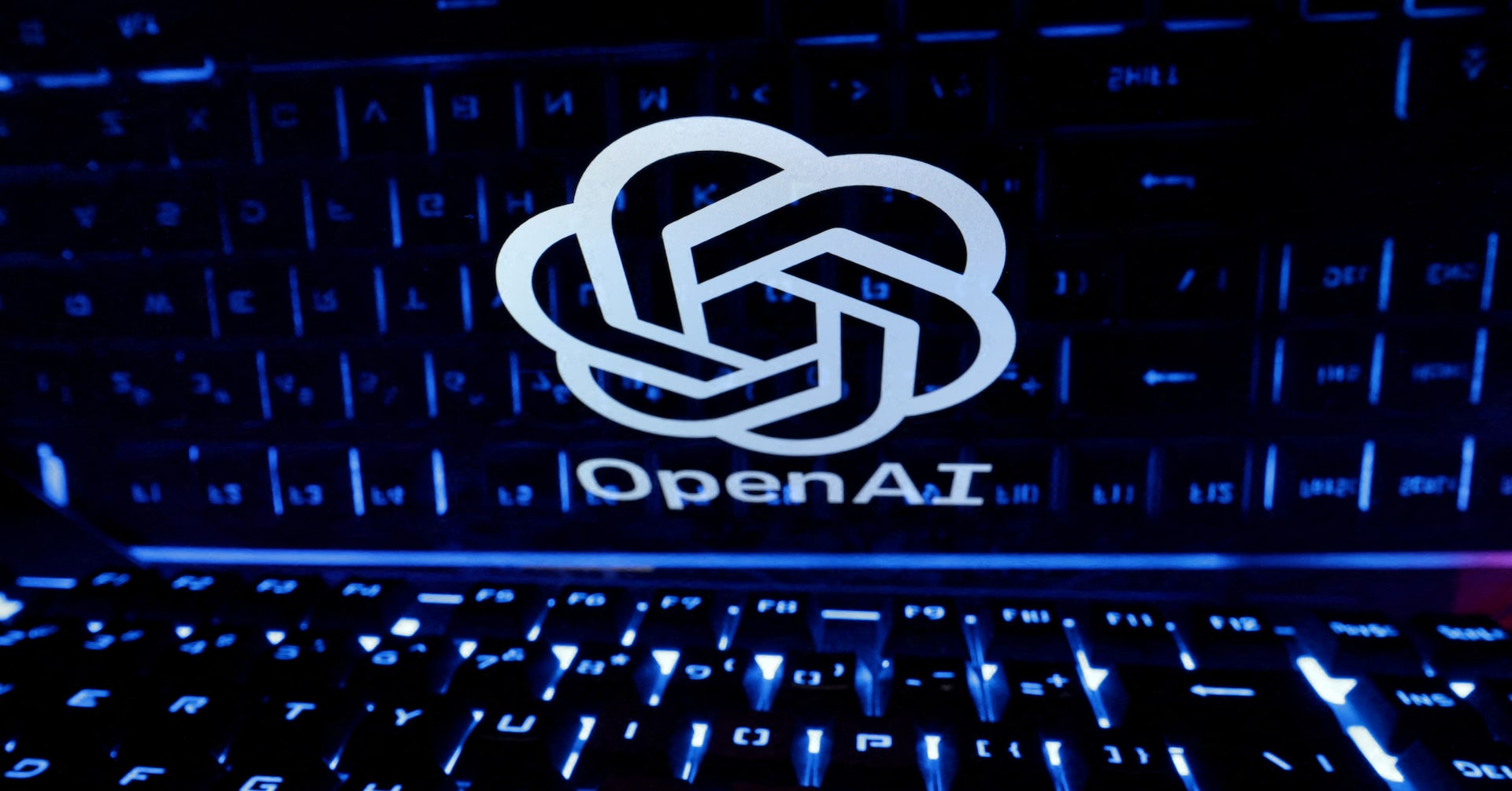
Artificial intelligence (AI), once a source of concern in educational settings, is finding its place in classrooms across the country. Technologies such as Snapchat AI, ChatGPT, and AI-powered translation apps are being introduced into school curriculums, gradually shifting from cautious avoidance to constructive integration.
Teachers and administrators are exploring how these tools can enhance learning, support language translation for non-native speakers, and streamline grading and administrative tasks. For example, ChatGPT—a generative AI developed by OpenAI—has been reported to assist students in brainstorming essays, solving complex math problems, and practicing coding in a conversational format. Similarly, real-time translation apps powered by AI are improving communication with students and families from diverse linguistic backgrounds.
Despite this growing adoption, many educators remain cautious. Concerns persist about data privacy, student reliance on AI for assignments, and the potential erosion of critical thinking skills. Teachers are also wary of misinformation generated by AI, as these tools are not immune to factual errors.
To address these concerns, school districts are implementing strict guidelines and promoting digital literacy among students. Training sessions for teachers on responsible AI usage are becoming increasingly common, ensuring educators are well-equipped to guide students in this evolving landscape.
The introduction of AI in schools marks a significant shift in educational practices. While challenges remain, a balanced approach that combines innovation with oversight could shape the future of learning in transformative ways.
Source: https:// – Courtesy of the original publisher.








